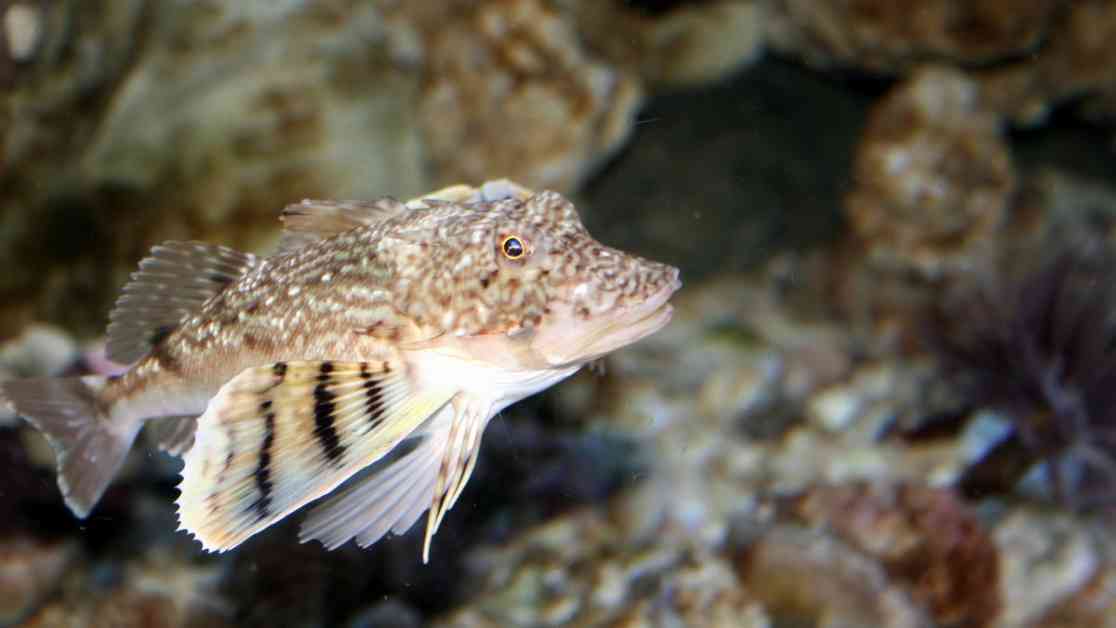Northern sea robins, also known as Prionotus carolinus, can be found in the shallow waters of the western Atlantic, spanning from Nova Scotia to Florida. These unique fish have a varied diet that includes shrimp, crabs, squid, worms, and small fish. What sets them apart are their distinctive features such as big, spiny heads, bright-blue eyes, two giant wing fins, and six crab-like legs.
The crab-like legs of the northern sea robins have puzzled scientists for quite some time. These legs play a crucial role in the fish’s ability to find and dig up buried food, making them highly skilled foragers. Recent studies conducted in 2024 have shed light on the mystery behind these unique appendages.
Researchers discovered that the legs of northern sea robins act like tongues, allowing the fish to taste their surroundings for signs of food. These legs are equipped with papillae, which are small sensory structures that contain taste receptors and touch-sensitive neurons. Through these specialized structures, the fish can use their legs to detect and uncover ground-up mussels, helping them locate food hidden beneath the seafloor.
In a fascinating experiment, scientists grew northern sea robins from embryos in a lab to observe the development of their legs. They found that the legs grow from the pectoral fins, separate from the rest of the fin rays during the development process. These legs are controlled by distinct walking muscles at the base and are shaped like shovels, aiding the fish in digging up their meals.
While all sea robin species have legs, not all are adapted for digging and tasting like the northern sea robins. The research team was surprised to discover the differences in sensory structures found on the legs of various sea robin species. This variability highlights the multiple levels of evolutionary innovation within these unique fish, from variances between sea robins and other fish to variations between sea robin species.
Despite their remarkable adaptations, northern sea robins face a challenge when it comes to feeding. After they painstakingly dig up their dinner, other fish often swoop in and steal their food, a behavior known as kleptoparasitism. This phenomenon underscores the competitive nature of the marine environment and the constant struggle for survival faced by these fascinating creatures.
In conclusion, the northern sea robin stands out as a truly remarkable fish with its crab-like legs that double as tongues for tasting the seafloor. Through groundbreaking research, scientists have unraveled the mysteries of these unique appendages, shedding light on the foraging abilities of these extraordinary creatures. As they continue to explore the depths of the ocean, researchers are sure to uncover even more fascinating secrets about the northern sea robin and its adaptations for life in the aquatic world.










